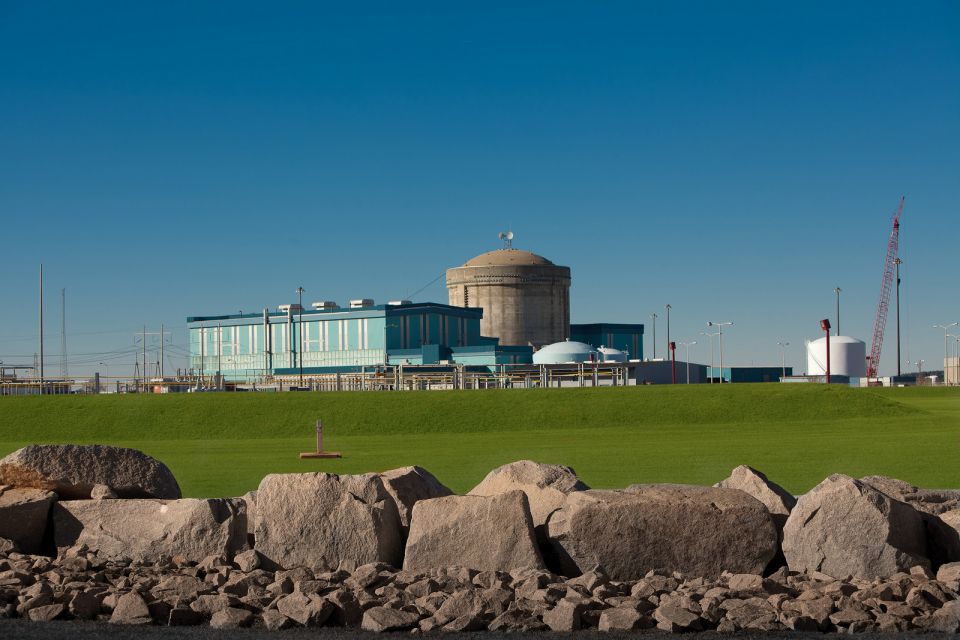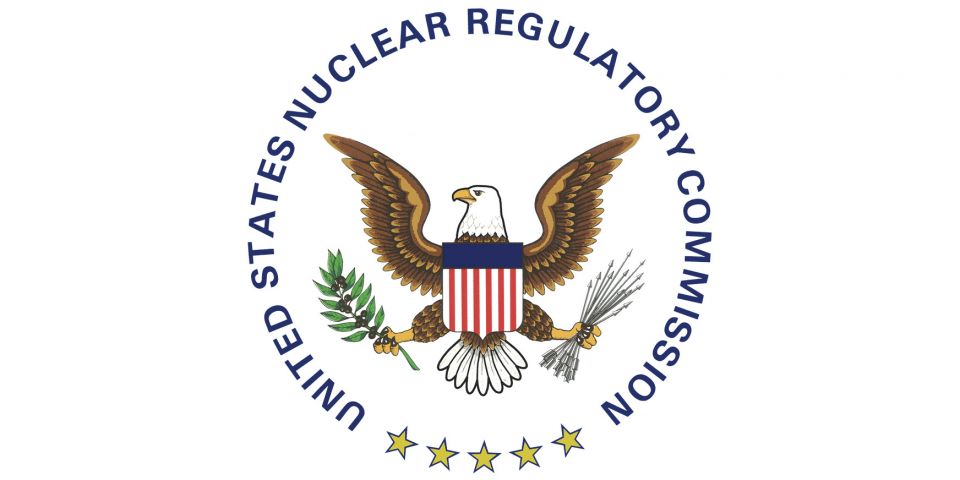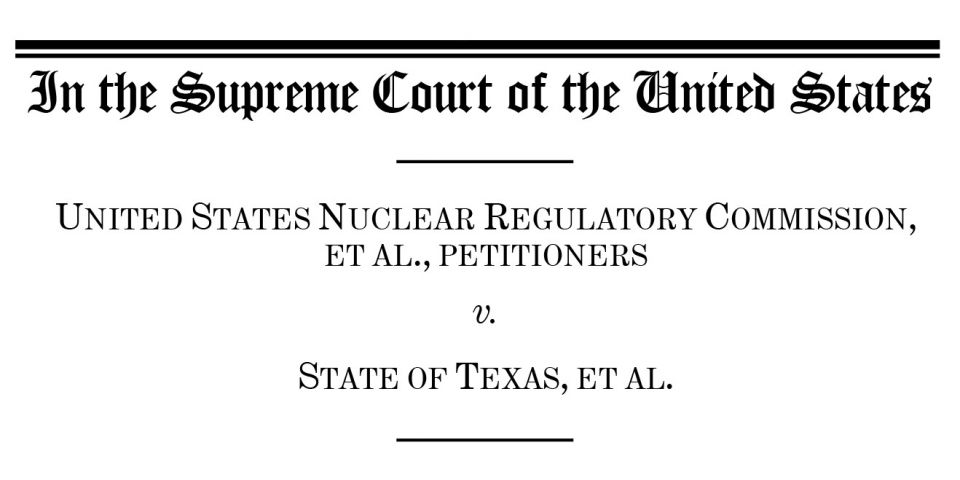Vistra, Energy Harbor deal finally closes

Vistra this week completed its acquisition of Energy Harbor Corp., a move the company announced almost exactly a year ago with a $3.43 billion price tag.


Vistra this week completed its acquisition of Energy Harbor Corp., a move the company announced almost exactly a year ago with a $3.43 billion price tag.
GLE completes Paducah Laser Enrichment Facility license application
Global Laser Enrichment announced that it has submitted its safety analysis report to the Nuclear Regulatory Commission for the planned Paducah Laser Enrichment Facility (PLEF). This follows...

NRC approves V.C. Summer’s second license renewal
Dominion Energy’s V.C. Summer nuclear power plant, in Jenkinsville, S.C., has been authorized to operate for 80 years, until August 2062, following the renewal of its operating license by...

NRC’s David Wright visits the Hill and more NRC news
The Nuclear Regulatory Commission is in the spotlight today for three very different reasons. First, NRC Chair David Wright was on Capitol Hill yesterday for his renomination hearing in front...
NRC cuts fees by 50 percent for advanced reactor applicants
The Nuclear Regulatory Commission has announced it has amended regulations for the licensing, inspection, special projects, and annual fees it will charge applicants and licensees for fiscal...

MOU signed for Solo microreactor
Paragon Energy Solutions has signed a memorandum of understanding with Terra Innovatum, a developer of micro-modular nuclear reactors, to support the design and integration of instrumentation...

DOE opens pilot program to authorize test reactors outside national labs
Details of the plan to test new reactor concepts under the Department of Energy’s authority but outside national laboratory boundaries—first outlined in one of the four executive orders on...
Supreme Court rules against Texas in interim storage case
The Supreme Court voted 6–3 against Texas and a group of landowners today in a case involving the Nuclear Regulatory Commission’s licensing of a consolidated interim storage facility for...

Trump administration begins overhaul of the NRC
Since the president's inauguration in January, the Trump administration has been on course to make big changes at the Nuclear Regulatory Commission to realize its goals of deregulation, energy...
Air Force issues notice to partner with Oklo on microreactor deployment in Alaska
The U.S. Department of Air Force has announced its notice of intent to award advanced nuclear technology company Oklo a contract to pilot a microreactor at Eielson Air Force Base in Alaska....

NRC announces hearing opportunity on Long Mott construction permit
The Nuclear Regulatory Commission is providing the opportunity to request a hearing on Dow Chemical Company’s application to construct a 320-MWe nuclear power plant at the company’s...
